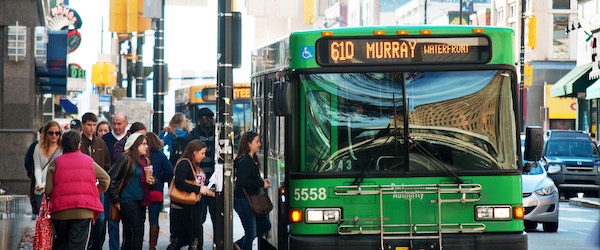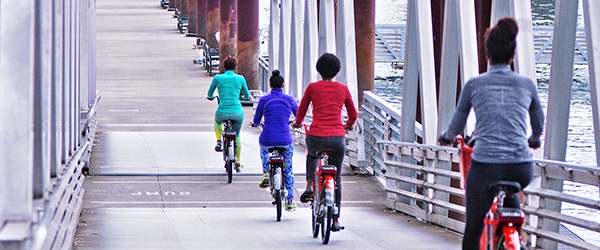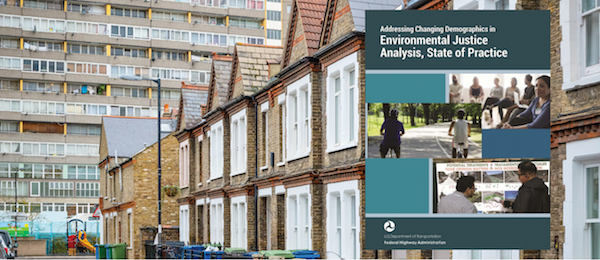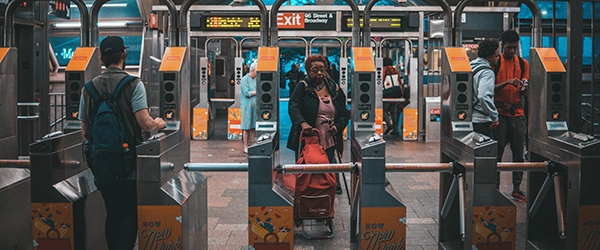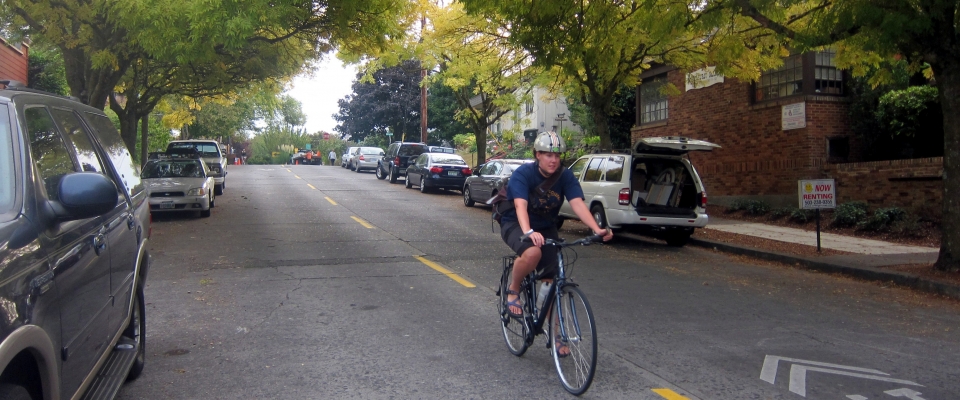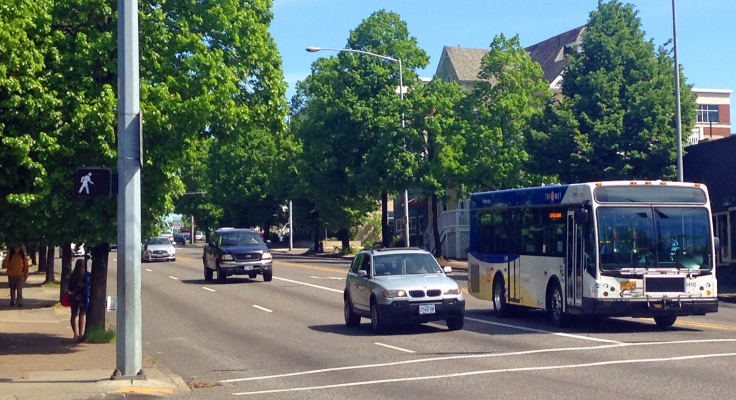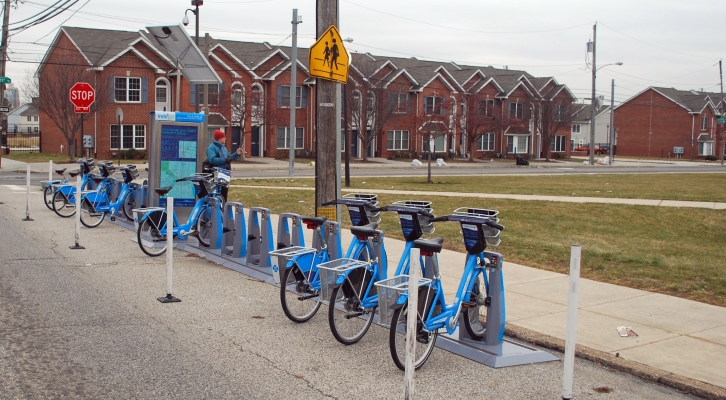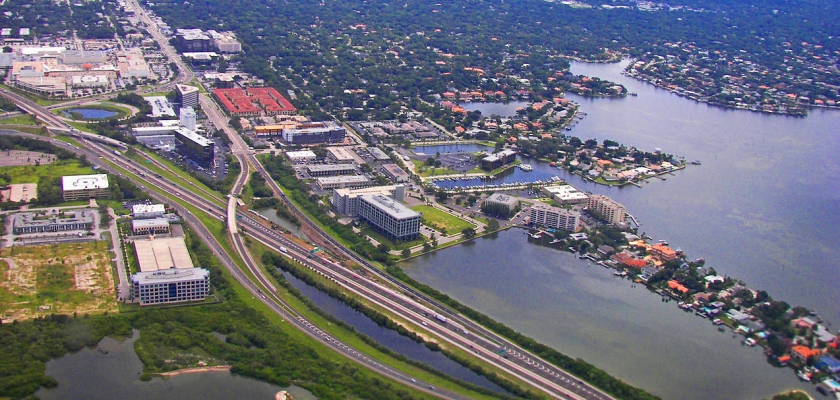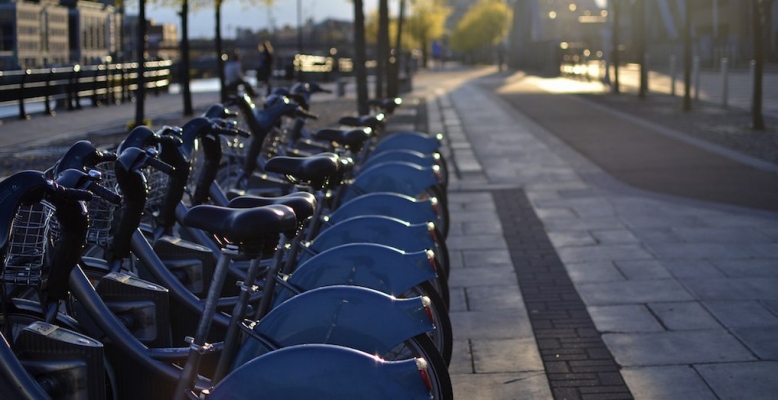Image by Luije/iStock
Authored by Aaron Golub Director and Associate Professor, Nohad A. Toulan School of Urban Studies and Planning at Portland State University. Join Aaron and John MacArthur on May 22nd for a PSU Friday Transportation Seminar sharing early results from the research presented here.
With many transit agencies across the country1 eliminating cash handling at ticket counters and on-board vehicles for obvious health and virus transmission reasons, one may wonder: who will be negatively impacted by this?
Some riders can still use cash at ticket vending machines or at certain retail outlets, but for many, depending on where they live and which parts of the transit system they ride, this will be inconvenient. National data2 show clear disparities3 in access to alternatives to cash (credit and debit accounts) as well as the other tools needed to pay for things electronically (smartphones, cell data plans and internet at...
Read more
